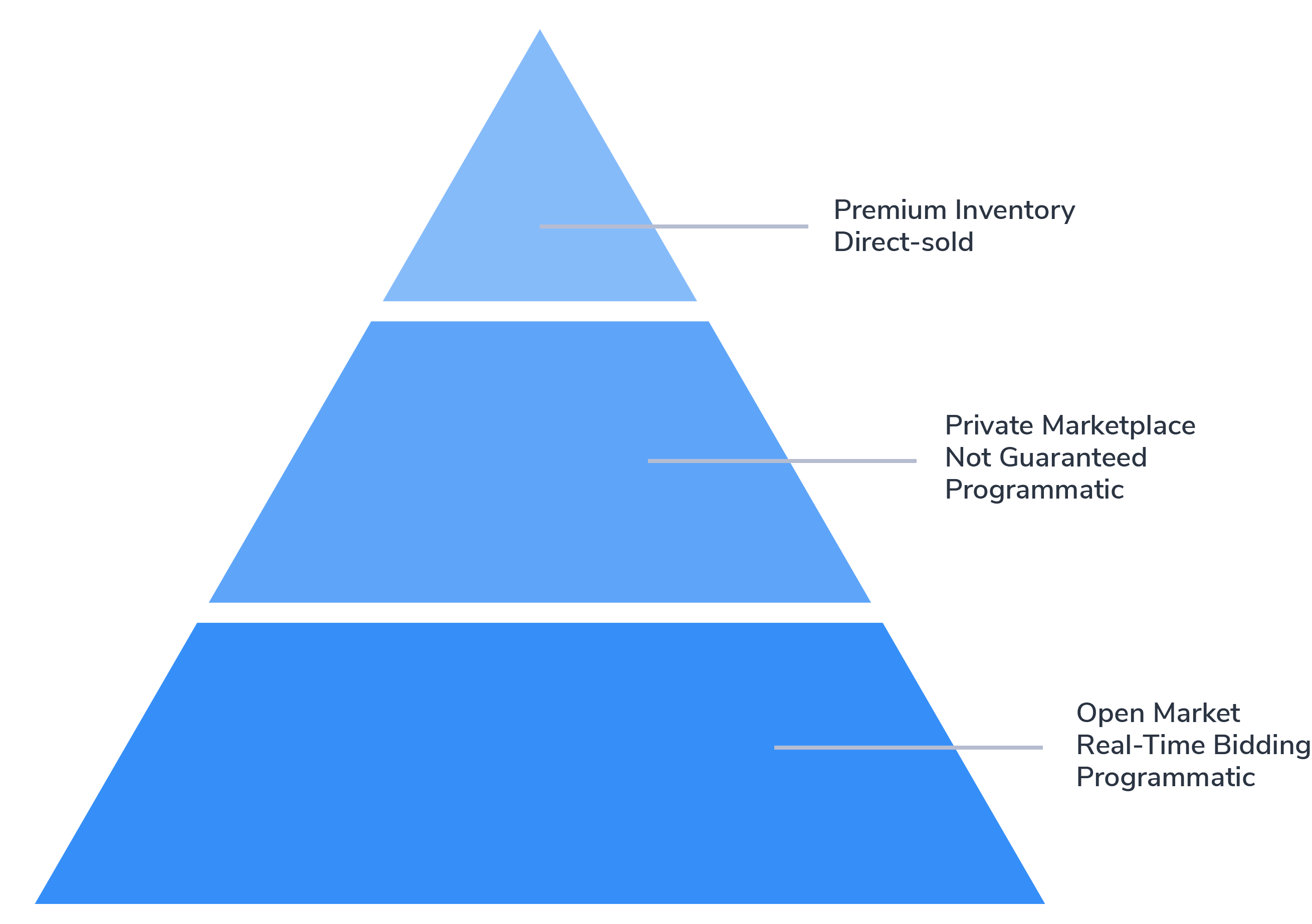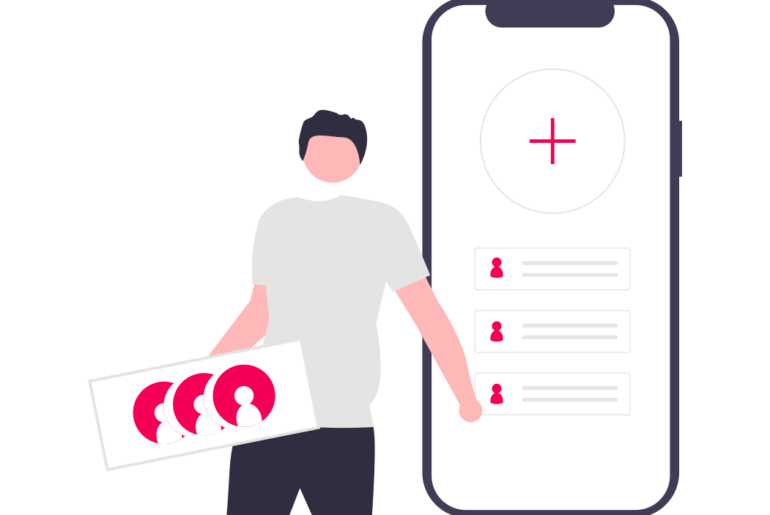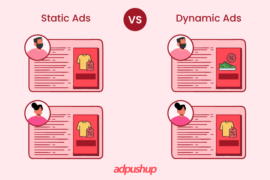Whether you’re a seasoned publisher or just starting out in programmatic advertising, this guide will help you understand everything you need to know about Private Marketplace.
If you are a keen observer of the ad tech industry and are involved in its operations, you may have encountered the concept of a private marketplace (PMP).
More than 60% of publishers use the private marketplace and programmatic direct to earn more revenue as programmatic spending on private marketplaces is always higher than other methods.
This is because these kinds of deals provide a more controlled and premium advertising experience, offering advantages for both publishers and advertisers.
Now, you must be wondering about the private marketplace. How do they work? And why is everybody talking about them? Here are the answers.
What is a Private Marketplace?
Private Marketplace (PMP) is an invitation-only real-time bidding process, where a publisher or a selective number of publishers invite buyers to place their bids and purchase the inventory. Publishers generally take their premium inventories to PMP deals. And hence, the floor price for PMP deals is often higher than other RTB deals.
Also, it’s a more transparent way of dealing. Publishers know the buyers (as buyers are invited by them) and are open about the money they are expecting. While buyers know what they are purchasing and where (domain/website) their creatives are going to be displayed.
How Does Private Marketplace Work?
To set up a private marketplace deal, the publisher’s inventory is directly plugged into the buyer’s demand-side platform (DSP).
The terms are negotiated before the auction, including floor price, bidding technique (first-price, second-price, or negotiated price), and other details (like ad type, format, and more). Publishers and buyers first need to agree to these terms to move further in the process.
After that, every time an impression is available, a real-time auction is carried out. Based on the bids of buyers, impressions are sold, and ads are displayed.
Furthermore, PMP involves the creation of a deal ID (or deal identifier), which is used to identify the seller and buyer of the inventory. All of this makes PMP deals more manual in nature than open exchanges (where an insertion order is used to conclude a deal).
Also Read – The Rise of Private Marketplaces | AdPushup
Benefits of Private Marketplace Deals
A private marketplace comes with a number of benefits. Here is how it benefits the publishers.
Transparency
With PMP deals, publishers have a clear idea about the buyers they are dealing with. Moreover, the entire auction process is transparent to both parties (buyer and seller) where publishers get to set the floor price.
And buyers place real-time bids for inventory and know where their ads are going to be displayed.
Higher eCPM
Publishers invite only interested buyers to place bids on their inventory. Interested buyers coupled with ad targeting result in better effective cost per thousand impressions (eCPM).
Moreover, this data can help publishers to gain a better market value for their ad inventory in future auctions.
Stronger partnership with buyers
In PMP deals, publishers and buyers can negotiate the terms and agree according to their mutual understanding. This gives them time to build strong relationships resulting in a beneficial exchange between the two parties.
Fraud prevention
Since publishers and buyers deal directly in PMP deals, one can say that there is less chance of ad fraud. Also, PMP deals eliminate the requirement of mediator parties, further ensuring the safety of ad inventory and user data.
How to Succeed With PMP Deals?
Audience segmentation
Make sure that your setup enables advertisers to target audiences on the content level as well as on the placement level. Furthermore, bidding response and revenue generated depend on how a publisher segments and presents the inventory to buyers.
Showcase cookie data
Another reason for buyers to be interested in PMP deals is first-party cookies and data collected by them. Let the buyers know in advance the information you have about your audience (behavioral, demographic, cross-device usage, active sessions, and more). This will help you increase the market value of your inventory.
Communication is key
PMP provides a medium for publishers and buyers to deal directly, so try to leverage this feature for greater benefits. Direct and open communication can help you negotiate better deals, understand the buyers’ needs better, and build stronger.
How Private Marketplace is Different from Open Market?
Now that you have got a fair idea about what is a private marketplace and how it works, time to know how it is different from the open market. But before that, it’s important to understand the different types of auctions.
There are multiple approaches to buying and selling the ad tech inventory in the ad tech realm. As you progress through these auction types, access becomes increasingly restricted, On top of that, the cost of participating in the auction will increase correspondingly.
These there auctions include Open Marketplace, Private Marketplace, and Programmatic Direct.
Open Marketplace – Open Marketplace is a digital advertising platform where inventory is sold to the highest bidder in real time. It is open to all.
Private Marketplace – Private Marketplace is a restricted version of the Open Marketplace where inventory is sold through invitation-only private auctions.
Programmatic Direct – Programmatic Direct is a digital advertising buying model where advertisers buy ad space directly from a publisher through programmatic technology.

And now that you’re also clear about different auctions, let’s highlight some of the differences between a private marketplace and an open marketplace.
Private Marketplace
1. Are invitation-only platforms that allow advertisers to purchase ad space directly from publishers or a select group of premium publishers.
2. Offer guaranteed, premium inventory that is often sold at a higher price point compared to OMPs.
3. Provide a higher level of transparency and control for advertisers as they can view and select specific inventory to purchase.
4. Offer the opportunity for data-driven buying, as advertisers can use first-party data to target specific audiences.
Open Marketplace
1. Are open to all advertisers and allow them to bid on available ad space in real-time.
2. Offer a wider range of inventory, including lower-priced, lower-quality ad space.
3. Provide less control and transparency for advertisers, as they cannot view or select specific inventory to purchase.
4. Offer the opportunity for real-time bidding and targeting based on third-party data.
If you are someone who has been reading about private marketplaces, you may also have come across these two words – “Deal ID”. Let’s take a quick look at what it is.
What is Deal ID in Private Marketplace?
Deal IDs act as a pass to the private marketplaces. It is a unique identification number given to both publishers and buyers, which helps them identify each other. This ID gives advertisers a direct connection to premium inventory and allows them to lock a deal with publishers at a pre-agreed price.
There are plenty of advantages of these deal IDs. Take a look.
- Flexibility
- Deal at a better price
- Control
- Transparency
What are the Challenges Publishers Face with Private Marketplace?
Bidders Could Benefit from Fixed Pricing
In an open auction, bidders have the ability to estimate the bid amount required to secure an impression.
However, when it comes to the private marketplace, the fixed price of inventory makes the decision easier for bidders as they can simply choose the more cost-effective option and purchase it there.
The fixed pricing structure of PMPs offers a level of certainty for bidders, allowing them to budget and plan their media buying strategies more effectively.
The Process Can Be Time-Consuming
Setting up private marketplace deals is not easy. Publishers first need to reach out to the buyers. The whole process of finding the buyers and setting up the deals can be time-consuming.
Not just the publishers, but advertisers face a few downfalls with the private marketplace as well. Here are a few of them.
What are the Challenges Advertisers Face with Private Marketplace?
Limited Inventory
Private marketplaces often have a smaller pool of inventory compared to open marketplaces, which can make it difficult for media buyers to find the right audience and scale their campaigns.
Fake Traffic by Bots
PMPs provide protection against ad fraud but are not foolproof. Botnets have advanced and can now evade detection by copying human behaviors and infecting malware-ridden computers. Despite this, PMPs remain exclusive and offer some protection.
Also Read – What Is Bot Traffic? Adpushup Blog
How is the Industry Response to PMP?
So far, PMP deals have been happily welcomed by the industry. The only problems with PMP deals are Lack of inventory, audience targeting issues, and the use of many different ad formats.
Lack of inventory means that not enough ad inventory is available for buyers to purchase. Both buyers and sellers like to have control. And this need leads them to opt for private auctions and direct dealings.
eMarketer has predicted that programmatic ad spending will increase up to $45.95 billion by the end of 2019. Out of which, 75% (approximately) will go to private marketplaces and programmatic direct setups.
In the year 2017, mobile PMP saw 85% increase, whereas, for desktop, the increase was 15%. Mobile PMP will rise above the desktop PMP, directing more ad spending on mobile.
Publishers who want to take the advantage of RTB with more predictability and inventory protection will surely find that the private marketplace offers the best of both worlds.
Frequently Asked Questions – Private Marketplace
A Private Marketplace (PMP) is a closed, invitation-only advertising platform for buying and selling premium ad inventory between select buyers and sellers.
To set up a private marketplace, choose a technology platform to handle operations, establish partnerships with suppliers and buyers, define pricing and terms, set up user verification, and launch and promote the marketplace while continuously monitoring and optimizing.
A preferred marketplace is a semi-automated programmatic advertising platform where a limited number of demand-side platforms (DSPs) and publishers have negotiated preferred access to inventory at a premium price.
A private marketplace, on the other hand, is a closed platform where inventory is only sold through invite-only transactions between selected buyers and sellers.

Deepak has a keen eye for detail and a deep understanding of the ad tech landscape. Whether it’s through in-depth articles, thought-provoking insights, or compelling storytelling, he’s dedicated to helping people navigate the complex world of ad tech with the simplicity of his words.



![CTV vs OTT Advertising: Which one is Right Pick for Publishers? + [6 Bonus Strategies] Ott vs Ctv](png/featured-image-270x180.png)



